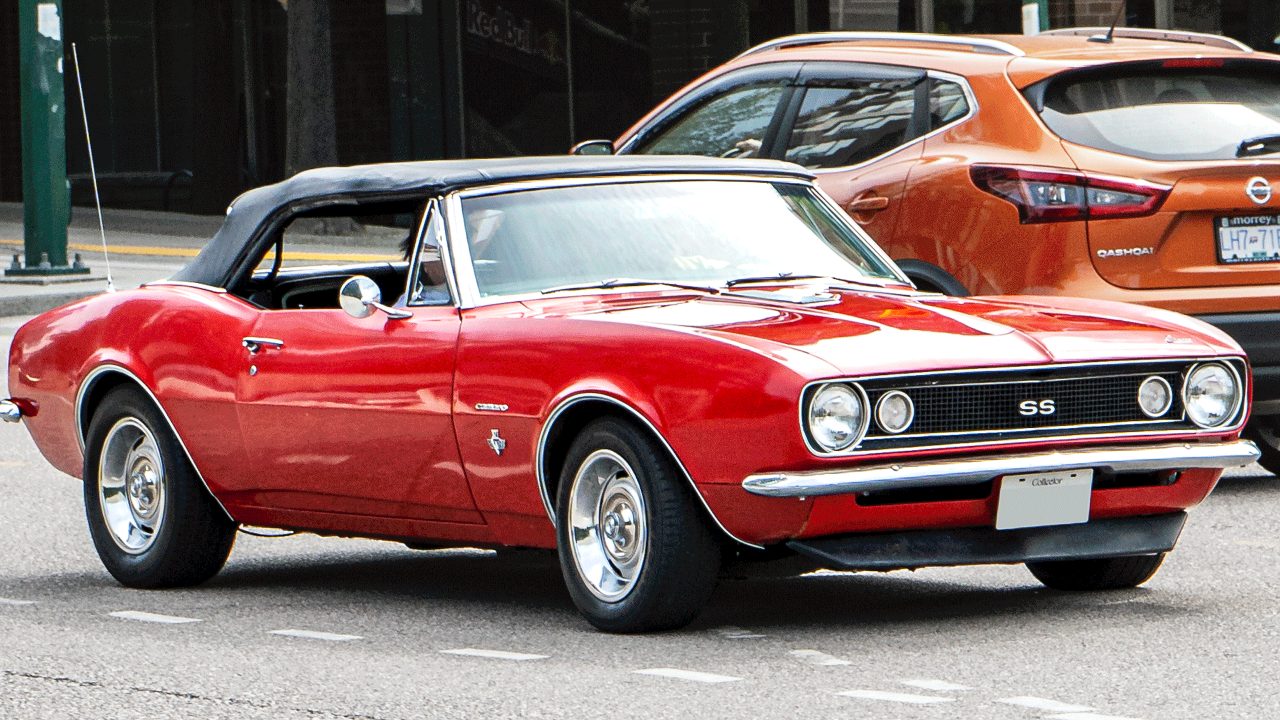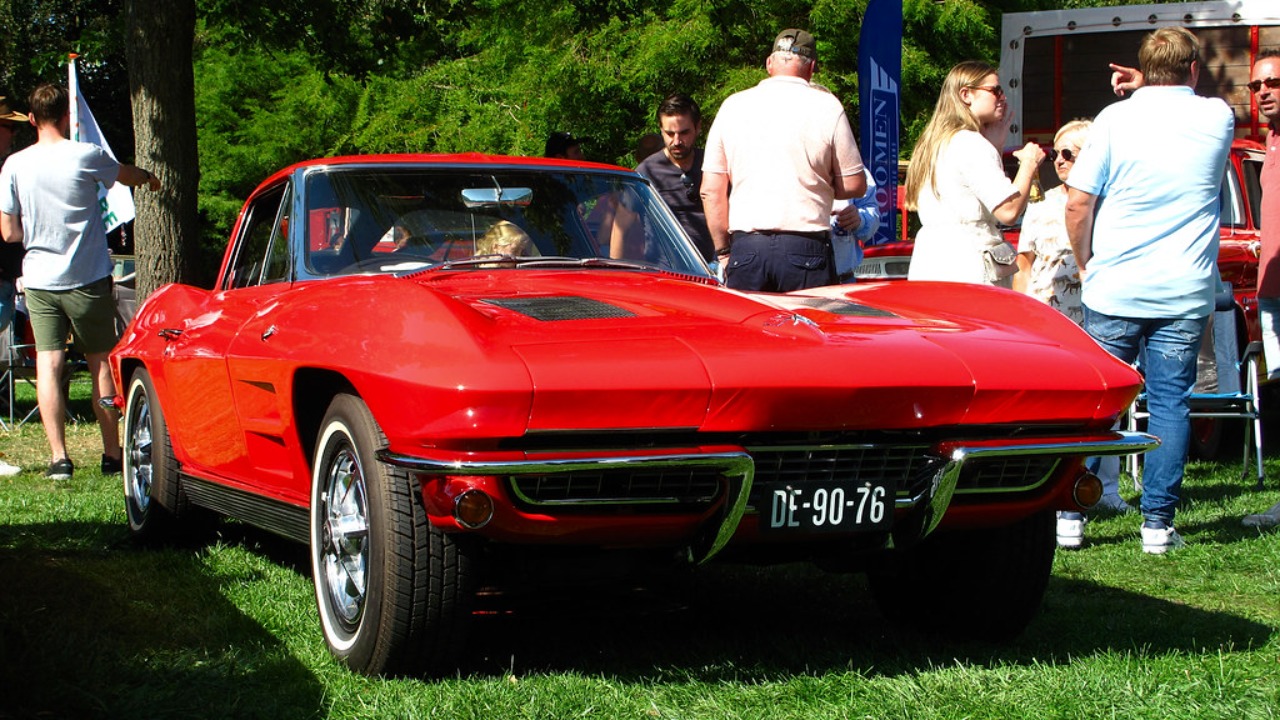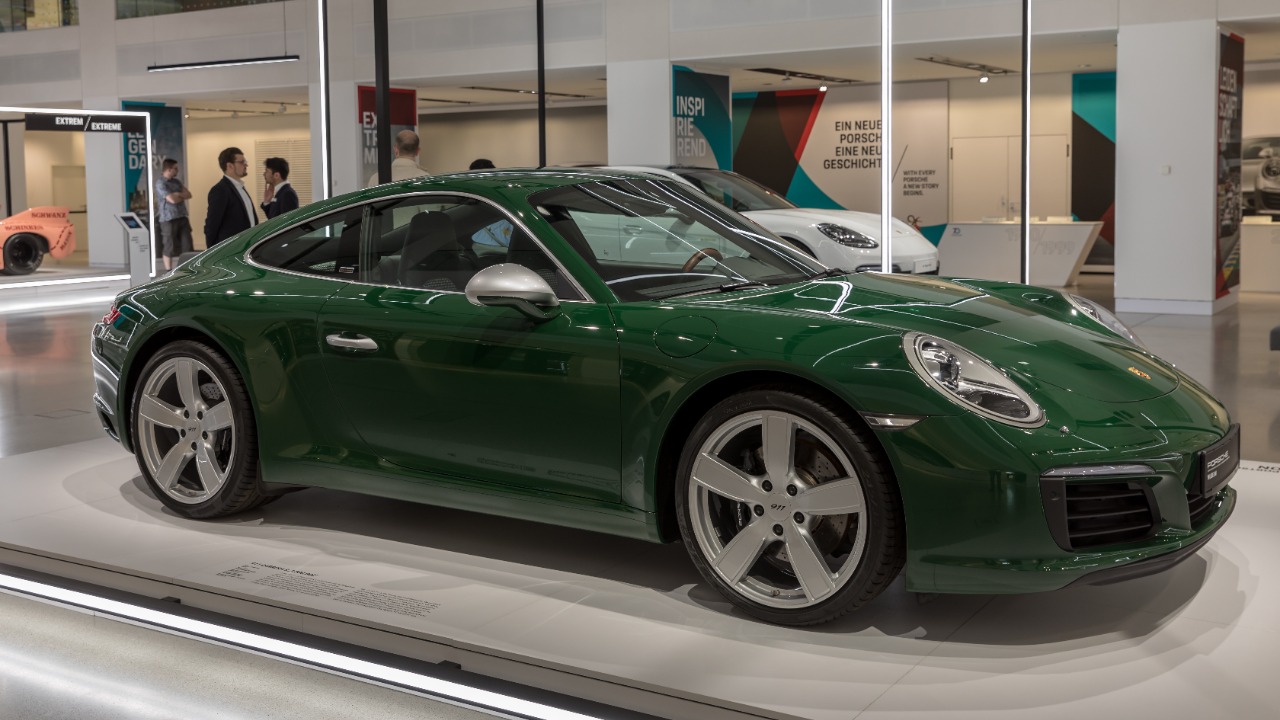It sounds like science fiction, but the AirCar 2 is very real—and a lot closer to production than most people think. Klein Vision’s second-generation flying car isn’t just a concept built for viral clips; it’s now being prepped for actual delivery. With a certified predecessor and serious upgrades under the skin, the AirCar 2 aims to bridge the gap between private flight and daily driving in a way few projects ever get close to.
Set for limited release in 2026, it features a more powerful V6 engine, lighter composite construction, and quicker road-to-air transitions. The idea is simple: skip the airport, fold out the wings, and take off—without switching vehicles. Here’s what makes the AirCar 2 worth paying attention to.
1. AirCar 2 Enters Pre‑Production Phase

The new AirCar 2 is Klein Vision’s production prototype, revealed at the 2025 Living Legends of Aviation gala. It builds on years of testing—170 flight hours and more than 500 takeoffs and landings—to move from concept to near-commercial readiness.
Unlike the prototype, AirCar 2 uses a monocoque carbon-composite fuselage and a more powerful engine setup. It’s structured for mass production, aiming to achieve full EASA and FAA Part-23 certification later in 2025, paving the way for small-scale deliveries in early 2026.
2. New 3.2‑L V6 Engine Options

The original BMW-sourced 1.6-litre engine is replaced by a 3.2-litre V6 from South African manufacturer Adept Airmotive. Three tuned variants offer 280, 320, or 340 horsepower, allowing buyers to tailor performance to preference.
This switch boosts both flight and road performance. The V6 improves structural balance and provides tighter handling on the ground while pushing the AirCar to 155 mph (135 knots) in the air—far surpassing the initial flight prototype.
3. Faster Transformation Time

The AirCar 2 significantly reduces conversion time: folding its wings and extending the tail takes just 80 seconds, down from over two minutes on the earlier prototype. This automated process uses over 20 servo motors to engage the transformation sequences.
That efficiency isn’t just technical flair—it matters in real-world use. The quicker shift between car and plane modes enhances usability, especially at small airfields, letting owners hit the road right after landing—or vice versa—with zero manual fuss.
4. Certified Flight Performance

Klein Vision reports that AirCar 2 cruises at 155 mph (135 knots) with a ceiling of 10,000 ft, matching light aircraft performance. Fuel capacity stands at 160 L, supporting up to 620 miles (1,000 km) of flight—enough for serious mid-range travel.
These specs put it closer to certified aircraft than toy-like prototypes. And while Luftfahrzeug regulations still demand pilot licensing and runway access, the AirCar 2 sits comfortably in the realm of real-world aviation — not just sci-fi.
5. Car Mode Still Packs a Punch

AirCar 2 isn’t just airborne—its on-road performance is serious, too. With the V6 setup, it can reach 124 mph on highways, accelerating like a high-end sports car. Curb weight sits at just 800 kg (1,764 lb), helping achieve nimble handling.
The compact dimensions—around 5.8 m long and 2 m wide—fit standard parking spots. So whether you’re driving home from an airport or zipping down the freeway, it’s built to blend in with routine travel while offering surprising agility.
6. Targeting 2026 Deliveries

Klein Vision plans AirCar 2 sales to begin in early 2026, with price estimates between $800,000–$1.2 million depending on specs. That puts it in light-aircraft territory, but with the added value of dual-mode functionality.
Production is expected to take place in Slovakia, with plans for licensing deals—such as one in China—supporting local assembly. It’s not a mass-market product, but early adopters in aviation and automotive circles will get first dibs.
7. Certified and Tested to Aviation Standards

The original AirCar achieved its Certificate of Airworthiness from Slovak authorities in January 2022, based on 70+ flight hours and 200+ flights compliant with EASA standards. AirCar 2 builds on that legitimacy, aiming for full EASA Part-23 certification by late 2025.
That effort involved 100,000 man-hours by eight core engineers—a tight team that carried the vision from garage sketches to public display. Their streamlined approach stands in contrast to billions spent on past flying car startups.
8. Proven Intercity Flights

Klein Vision’s first full-scale flight in 2021 covered the route from Nitra to Bratislava, a 35-minute trip that capped with the AirCar transitioning back to car mode and driving into the city. Those real-world hops proved the concept beyond runway loops.
More than 170 total flight hours and over 500 takeoffs and landings have vetted the design’s durability and adaptability across road and runway conditions.
9. Monocoque Composite Construction

AirCar 2 upgrades its structure with a full carbon-composite monocoque chassis, replacing the prototype’s steel subframe. This makes it both lighter and stronger—a crucial update for both safety and performance.
The body itself—a lift-fuselage shape—provides around 30–40% of total lift in flight mode, letting it fly on shorter runways (~300 m takeoff roll) while maintaining sleek road-car aesthetics backed by lightweight engineering.
10. Expansion Plans Beyond Two-Seater

Klein Vision isn’t stopping at two seats. The company is already working on three- and four-seater variants, a twin-engine model, and even an amphibious version capable of landing on water.
These variants share the same core architecture but address niches—from family travel to recreational watercraft. While these models aren’t imminent, they reveal the long-term vision: a full product line that leverages this hybrid platform in practical ways.
Like Fast Lane Only’s content? Be sure to follow us.
Here’s more from us:







Leave a Reply